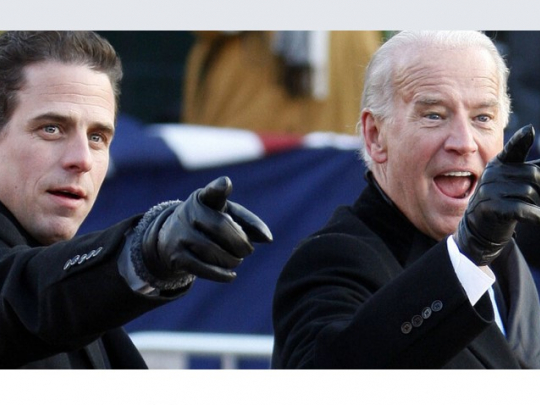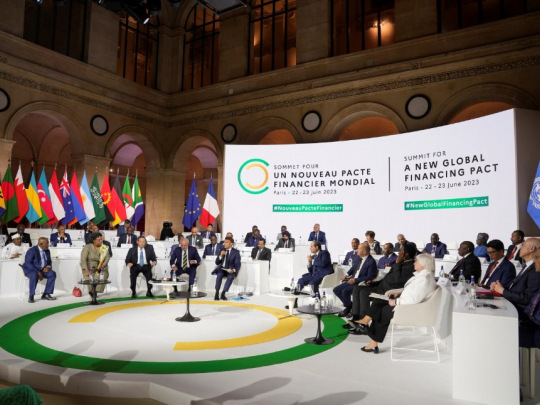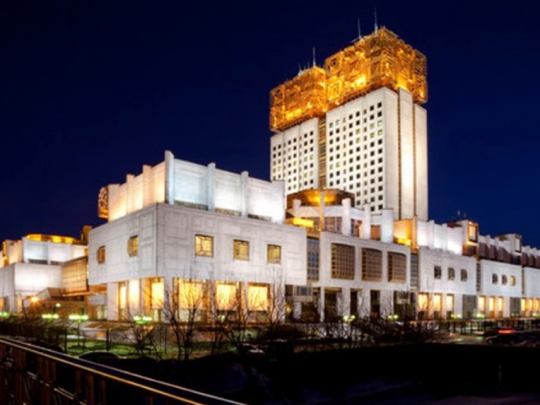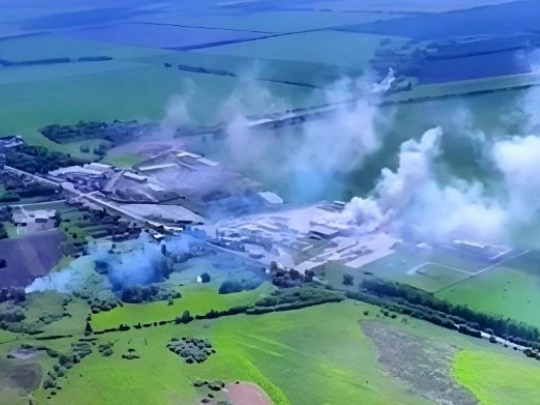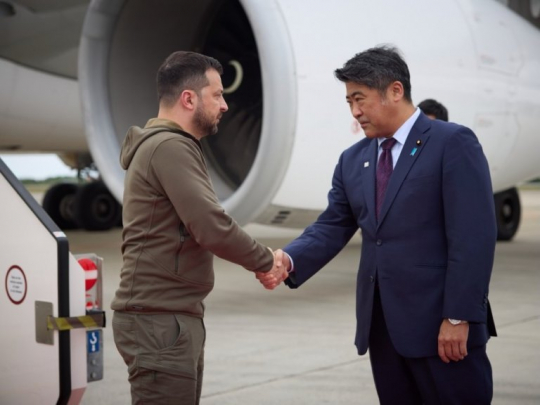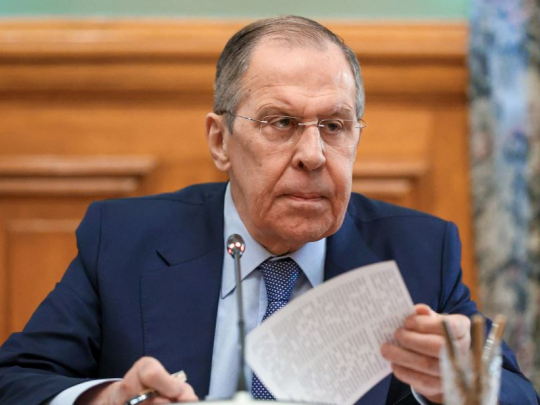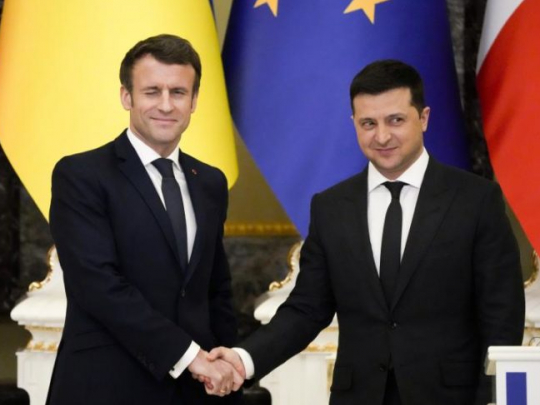Why The Minsk Agreements Failed To Stop Genocide Of Donbass
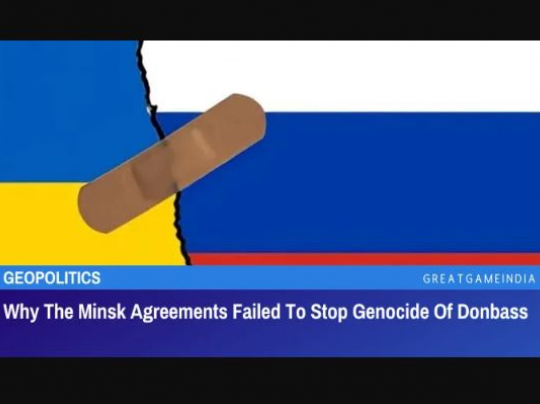
The Minsk Peace Agreements were the only way to seek a long-term diplomatic solution to the Donbass conflict in the winter of 2015. Why did the agreements have to be made? What were the primary points they made? Who was to blame for the Minsk Agreement’s failure to stop the genocide of Donbass and secure peace?
Prelude
On February 24, 2014, one day after Ukrainian President Viktor Yanukovych was illegally deposed in a Western-backed coup, OSCE Chairman Didier Burkhalter proposed the formation of a contact group comprised of representatives from the OSCE, Russia, and Ukraine with the goal of resolving the Ukrainian crisis and providing “support for Ukraine in overcoming its transition period.”

From left: former Ukrainian President Leonid Kuchma; Alexander Zakharchenko, prime minister of the self-proclaimed Donetsk People’s Republic; Heidi Tagliavini, representative of the OSCE chairperson-in-office on Ukraine; Mikhail Zurabov, Russian ambassador in Ukraine; Igor Plotnitsky, representative of the self-proclaimed Lugansk People’s Republic, during a meeting of the Contact Group on Ukrainian reconciliation in Minsk, Belarus.
The contact group met for the first time in Kiev in June of that year, when the eastern Ukrainian regions of Donetsk and Lugansk became embroiled in a fierce fight between local independence-supporting militias and Ukrainian troops dispatched to suppress the opposition.
On June 20, then-newly elected Ukrainian President Petro Poroshenko submitted a peace plan, stating that preserving the ‘safety’ of inhabitants in southeastern Ukraine, as well as a ceasefire, were his top priority. Ukrainian troops continued their advance deep into militia-held territory, engaging in heavy artillery and mortar shelling, air attacks, and attacks on cities, towns, and villages in the Donbass region, as Kiev and representatives of the newly-proclaimed Donetsk and Lugansk People’s Republics met for talks.
Minsk: Origins
Intense fighting ensued, and on July 31, the Belarusian capital of Minsk hosted a meeting with a ‘Ukraine-OSCE-Russia-DPR’ structure in which the parties agreed to a prisoner exchange, border security measures, and a truce in the area surrounding Malaysia Airlines Flight 17’s crash site.
Negotiators from the contact group gathered in Kiev two weeks later to talk about the logistics of Russian humanitarian aid to the Donbass. Ukrainian forces had taken control of important Donbass cities such as Mariupol, Slavyansk, Artemovsk, and Kramatorsk by mid-August, and had partially encircled Donetsk and Lugansk. In counterattacks, militia groups in Donetsk and Lugansk were able to partially push back Ukrainian forces while suffering significant manpower and weapon losses.
Minsk hosted the second meeting of the contact group on September 1.
On September 3, Russian President Vladimir Putin unveiled a seven-point peace plan that included an immediate ceasefire, the deployment of international observers to monitor the ceasefire, the release of all prisoners, the establishment of corridors for the evacuation of refugees and the delivery of humanitarian aid, and assistance to rebuild Donetsk and Lugansk. “I believe that a final agreement between the authorities in Kiev and southeastern Ukraine can be reached and cemented during a meeting of the contact group on 5 September,” Putin said.
Poroshenko denounced the idea right away, calling it a “attempt to pull the wool over the eyes of the international community ahead of the NATO summit and an attempt to avert the European Union’s inevitable decision to unleash a new wave of sanctions against Russia.”
The contact group met again on September 5 in Minsk, this time to hammer out a peace plan that took into account both the Ukrainian and Russian presidents’ suggestions. An immediate cease-fire, OSCE monitoring, special self-governance status for the Donbass region, the release of all hostages and prisoners of war, and measures to alleviate the humanitarian situation were all included in the plan.

Cars of Organization for Security and Cooperation in Europe (OSCE) Special Monitoring Mission to Ukraine arrive for the withdrawal of troops from the disengagement area on the contact line near the village of Zolotoye, Lugansk Region, Eastern Ukraine.
On September 14, representatives from the OSCE, Russia, Ukraine, and the leaders of the Donbass republics signed the protocol. Russia established itself as a peace guarantor, but not as an active participant in the battle.
Minsk II
Battles continued to rage notwithstanding the provisions of the pact. In the Donetsk People’s Republic’s Debaltsevo territory, deadly fighting erupted in January 2015 over the Donetsk Airport, and Ukrainian forces were threatened with encirclement and liquidation.
 Denis Pushilin, second left, representative of the Donetsk People’s Republic for the settlement of the situation in eastern Ukraine, during the roundtable, Minsk Agreements: The Results of 2015.
Denis Pushilin, second left, representative of the Donetsk People’s Republic for the settlement of the situation in eastern Ukraine, during the roundtable, Minsk Agreements: The Results of 2015.
The parties were required by the Minsk Protocol to remove heavy weapons from the line of contact. Kiev and Donbass troops, on the other hand, interpreted their responsibilities differently, with the militias believing Ukrainian forces were trapped inside their territory, while Kiev called for a truce and claimed that its forces were not encircled.
The leaders of the Normandy Four contact group, which includes Russia, Ukraine, Germany, and France, met in Minsk on February 12, 2015, to sign a new 13-point plan. The deal, dubbed Minsk II, superseded Minsk I, and Russia, Germany, and France pledged to implement it for the following seven years.
Devil is in the Details
The Minsk Agreements mandated a ceasefire and the withdrawal of forces from the contact line buffer zone, as well as the prohibition of heavy weaponry deployment in this zone and a quick exchange of prisoners based on the “all for all” principle.
The agreements also called for Kiev to implement political reforms, including as revising the constitution to embrace the principle of decentralisation and awarding Donetsk and Lugansk special status. The Donbass republics were obliged to hold local elections before Kiev could begin to reclaim control of the border.
Watchmen
The OSCE, which established a special Joint Centre on Control and Coordination (JCCC) in the conflict zone in September 2014, was tasked with monitoring the 13-point Minsk II plan’s implementation, but had little to do other than observe the ceasefire regime while delaying the agreement’s political mandates.
Due to efforts by the Ukrainian side to sabotage their work, Russia was compelled to discontinue its personnel’s participation in the JCCC on December 19, 2019.
Implementation
Only one of the agreement’s 13 provisions – the exchange of prisoners of war – has been successfully implemented in nearly eight years. Kiev has been accused by the Donbass republics and Minsk’s Russian guarantors of illegally absorbing settlements in the buffer zone and placing heavy equipment, as well as shelling settlements on a regular basis.
Before local elections in the Donbass could be held, Kiev maintained, it would need to take control of the Donbass’s border with Russia. The Verkhovna Rada, Ukraine’s parliament, enacted a bill on the Donbass’ special status in 2015, but tied its implementation to local elections, in clear violation of Minsk’s provisions.
Steinmeier Formula
The so-called Steinmeier Formula, named after the German foreign minister at the time, Frank-Walter Steinmeier, was agreed by the contact group in 2019, and it aimed to give the Minsk peace plan a much-needed boost. The text recommended putting into effect the 2015 law granting special status to the Donbass once the OSCE recognised local elections there. It was also proposed that both sides move their forces back from the line of engagement.

Then-German Foreign Minister Frank-Walter Steinmeier
When pressured by ultra-right radicals, Petro Poroshenko’s allies, and other political forces who had gathered in the streets of Kiev for mass protests, newly elected Ukrainian President Volodymyr Zelensky initially expressed support for the proposal, but eventually backed down, preventing the formula’s implementation.
Minsk Breaks Down
Zelensky attempted, but failed, to continue observing Minsk’s stipulations. Fighters from the neo-Nazi Azov Regiment stationed in the village of Zolotoe in the Lugansk area refused to withdraw their guns in November 2019, and even threatened to boost their numbers.
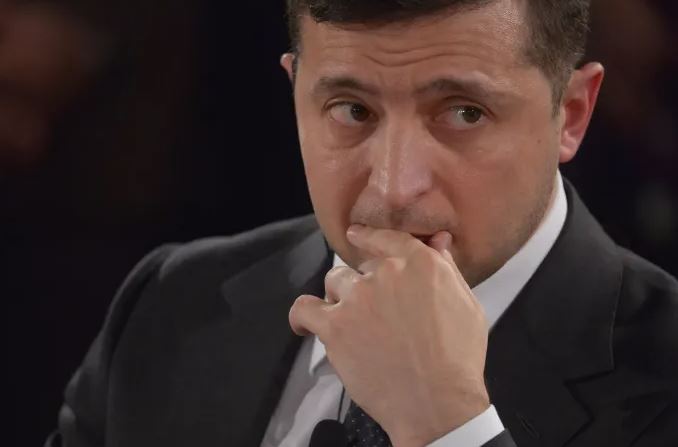
Ukrainian President Volodymyr Zelensky
In 2020, Kiev’s rhetoric changed dramatically. The Ukrainian administration began to press for a revision of the Minsk agreement. The agreement’s terms, which stipulated that Donbass’s border with Russia be restored to Kiev only after municipal elections in Donetsk and Lugansk, were unsatisfactory to the authorities. President Zelensky proposed a new method for removing forces from the line of contact based on a sectoral principle rather than across the entire line.
What Changed in 2020?
Zelensky told Ukrainian media in December 2020 that he would like to abolish the Minsk Agreements, but that he was unable to do so for fear of European countries lifting sanctions against Russia and the leaders of the unrecognised Donbass republics. He claimed it was too early to talk about a backup ‘Plan B.’
Several further meetings of Normandy Format delegates were conducted in 2021, but little progress was made. The political approach to settling the crisis had come to a halt by the beginning of December, and the military escalation of the situation along the line of contact had begun.
- Source : GreatGameIndia




